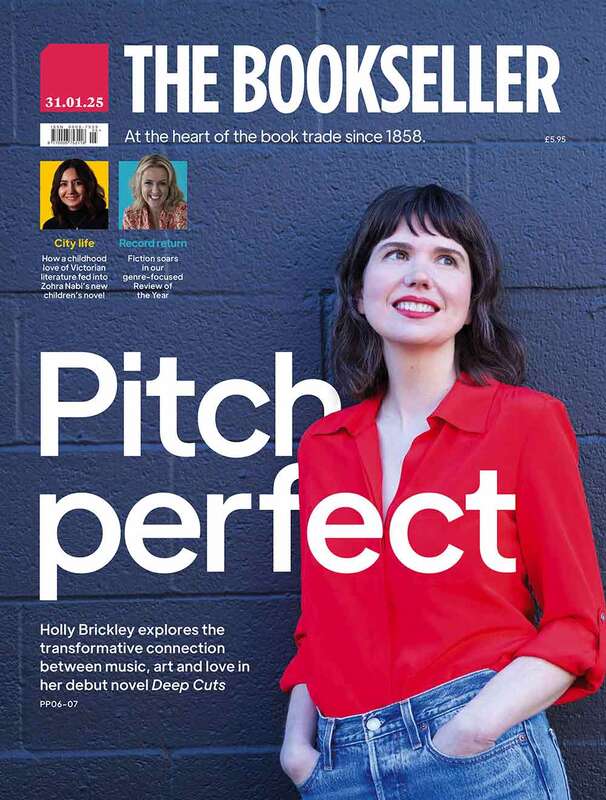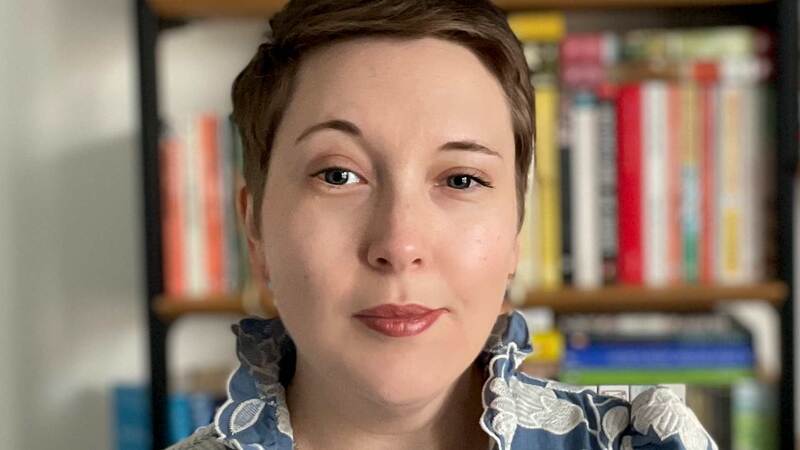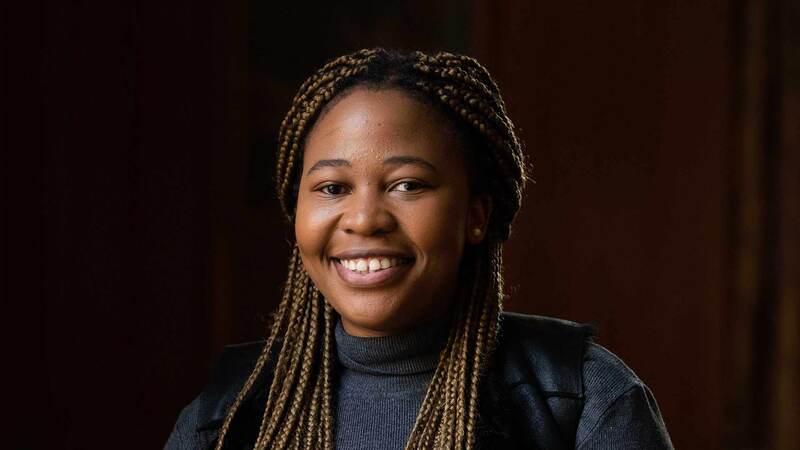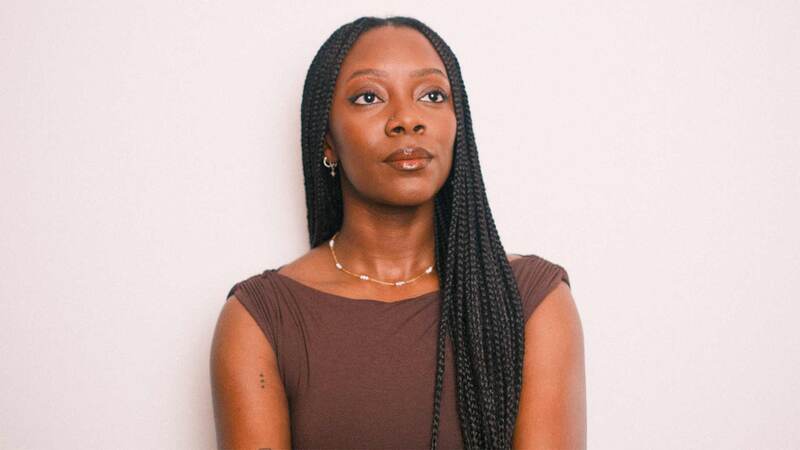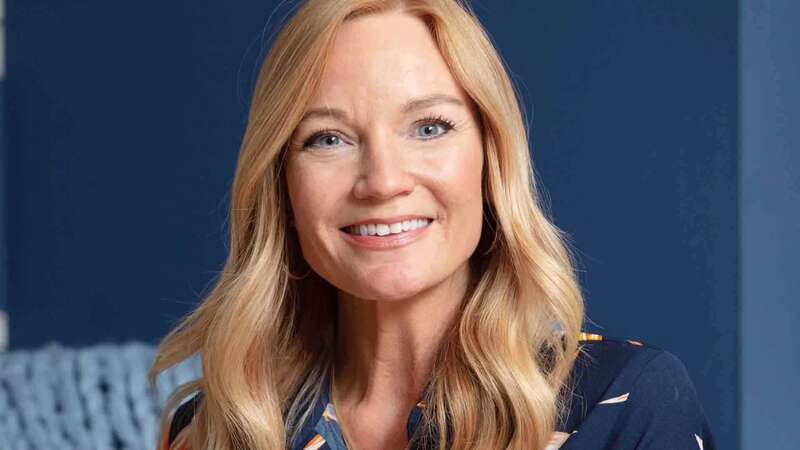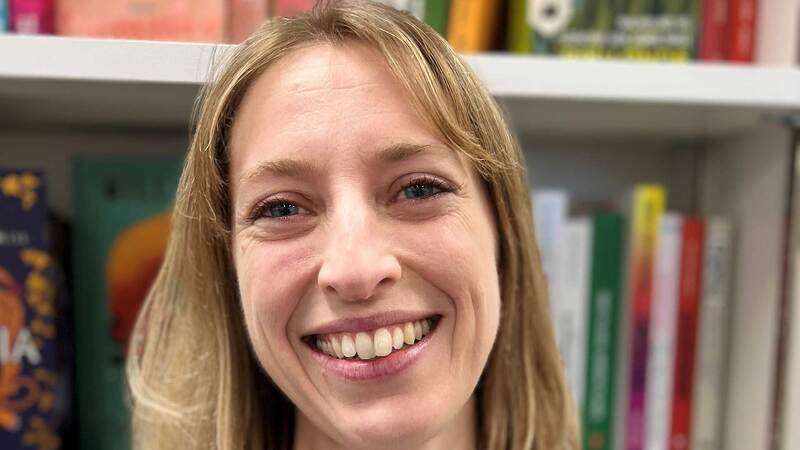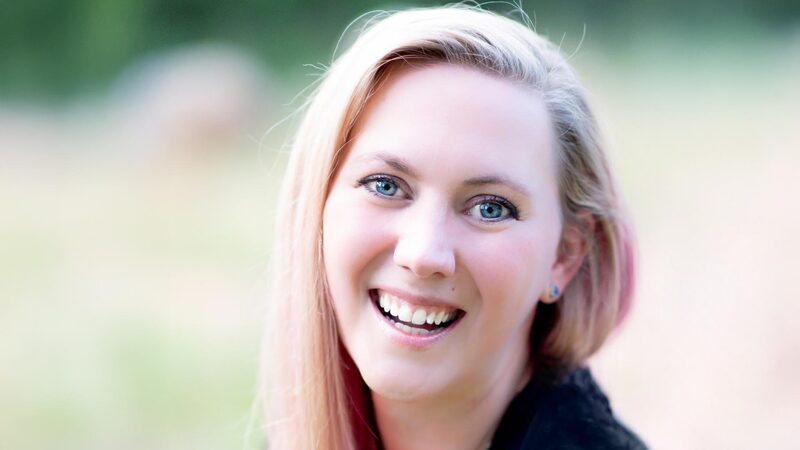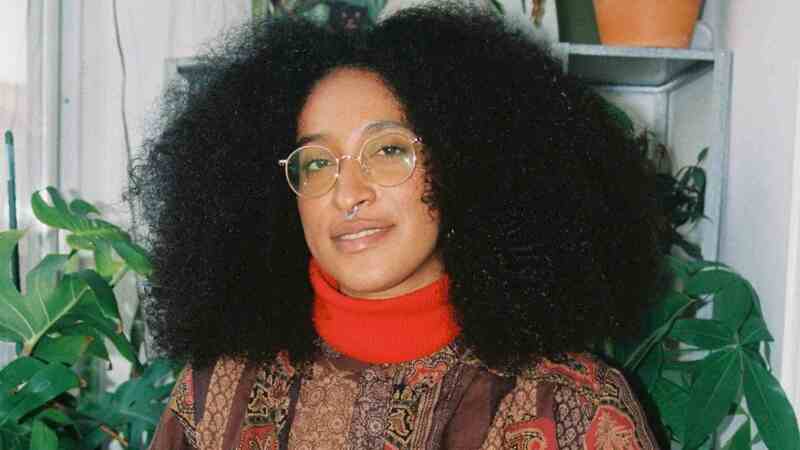You are viewing your 1 free article this month. Login to read more articles.
Consumer numbers explored at Book Expo
The first morning of Book Expo in New York (Wednesday, 31st May) presented consumer-centric data points from Nielsen, NPD, OverDrive, BookBub, and the Audio Publishers Association. Moderator Porter Anderson began by referencing Amazon’s latest challenge to the landscape: its own consumer bestseller charts. The one digging down into “most read” as opposed to “most sold” will be watched particularly closely.
Jo Henry and former Nielsen colleague Kristen Mclean – since January, US BookScan, PubTrack, et al have migrated to the NPD Group – spoke to UK and US children’s and YA data. Since Nielsen’s 2017 study will be conducted this month, Henry reprised figures from the 2012-2016 panels, with a reminder that more than 30% of UK two-year-olds used smart phones last year. Mclean put the U.S. figure at 37%.
“Heavy readers” – who read at least 45 minutes a day – have held their own, Henry said, but since 2012, there’s been a “really significant drop of 9%” in kids’ weekly reading for fun, especially as they get older. Twelve per cent say they don’t enjoy reading anymore – a “sea-change against reading as an activity” - with medium-to-light and occasional readers turning into non-readers. Surprisingly, the reduction in reading recently has been greater in UK girls, as they catch up to become gamers. The drop parallels one found in participation in sports. In the US, a similar reading drop-off occurs when kids enter the teen years.
Despite the ubiquity of screens, Maclean emphasized that in America, parents by far still prefer their kids to read print. And that “trend towards analog” is something that sister divisions at NPD have also seen. The group that tracks toy sales is seeing both technological and traditional play “co-existing” – showing that “the future isn’t as black/white as we had feared.”
Hygge – the pursuit of nesting – has manifested itself in “double-digit growth” of board games, the “hottest” category in toys right now. Millennials “love” traditional media for their kids. There’s been a 12% compound annual growth rate (CAGR) in board books since 2010. Mclean sees children’s “heading back to an earlier, pre-2010 pattern, where “classic” books are hitting the bestseller list again.
OverDrive supplies schools, as well as 90% of public libraries in the US and Canada, and 60% of libraries in the UK and Australia with their digital reading platforms, reported director of brand marketing David Burleigh. From 2014-16 OverDrive saw 16% CAGR, and growth continues. In libraries, Apple dominates: 60% of readers use the iOS, compared to 39% using Android and 1% using Windows.
Both e and digital audio library readers skew female, highly educated, in their mid-40s or older, and have higher income levels. They purchase as much as they borrow. Audio reading peaks around 3pm; e-book reading peaks around 9pm. Book clubs are one of the most interesting library trends, and Burleigh noted that the Big Library Read initiatives, done a dozen times since 2013, each focusing around one ebook, had a “remarkable” impact on sales and sustained a “long-tail” effect thereafter.
Direct-to-consumer marketing platform BookBub featuring “free” and discounted e-books now has 10 million users, Annie Stone reported; the company started in 2012; expanded to the UK in 2014, where it now has a million-plus users; added Canada and India in 2015; and came to Australia last autumn. Subscribers are 76% female, primarily suburban, mainly over 40, with 55+ and 65+ the largest demographics, reading three or four books a month. Exceptionally, the UK skews 29% male – the most of any of BookBub’s territories, with 84% being 55+. Australian subscribers, by contrast, are more than 90% under 35 and are female.
Michele Cobb, executive director of the Audio Publishers Association, pointed to the “significant” increase in units and dollars that audio has seen in the past few years; the tremendous popularity of podcasts; and referenced association surveys. Surprisingly, frequent listeners – of at least four audiobooks a month – skew 56% male.
Growth among listeners aged 25-34 has been “amazing”; 48% of “frequent” listeners are under 35. The most popular category is mystery/suspense/thriller, followed by science, and romance in third place. Almost three-quarters of sales are fiction. Fifty-seven per cent of listeners do so on their phones, and audio publishers expect to see future growth from voice-enabled speakers like Alexa.
Countering a prevalent myth that audiobooks often provide background wallpaper, 56% of those surveyed say they do nothing else while listening; 50% listen to relax before sleep, using audiobooks the way they do e or print books. The importance of libraries came through loud and clear once again: 27% of audiobook users discovered the format at the library. Going forward in an ever-more-crowded media marketplace, discoverability will be a major challenge for audiobooks, as it is for all formats.


